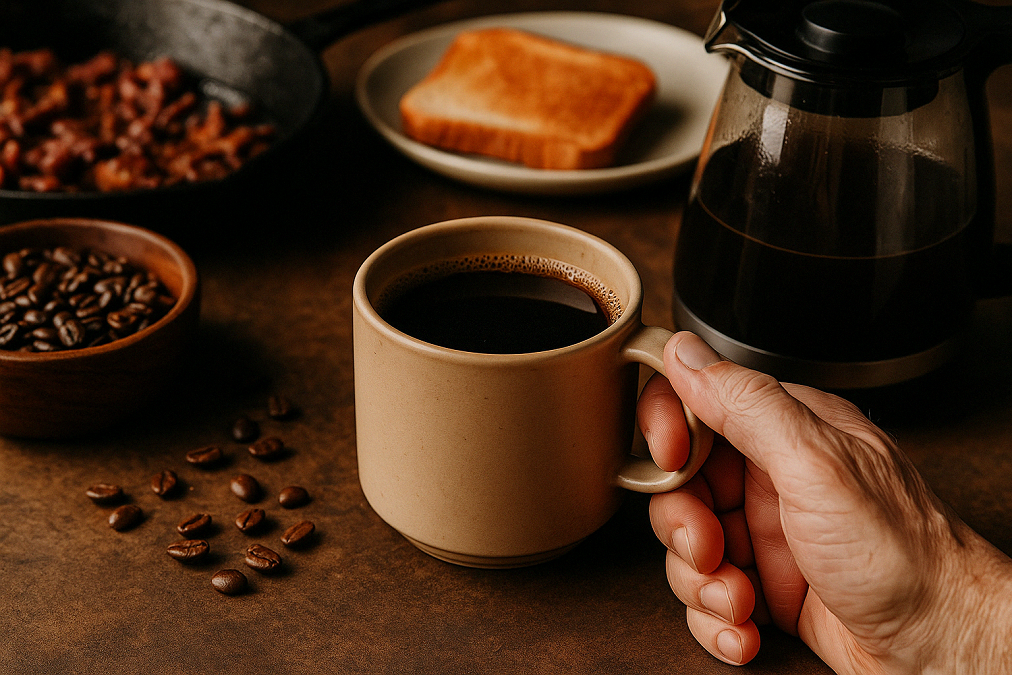 Coffee is actually beneficial for your cholesterol levels and heart health… that is, if you drink the right kind of coffee.
Coffee is actually beneficial for your cholesterol levels and heart health… that is, if you drink the right kind of coffee.
Because according to a new study in Nutrition, Metabolism and Cardiovascular Diseases, the wrong kind spikes LDL (bad) cholesterol levels and can increase your risk of heart attack by 34%.
Unfortunately, the bad coffee is exactly the one most of us drink too much of.
We already knew that unfiltered coffee—like boiled or French press—contains certain natural oils from coffee beans that raise LDL cholesterol.
These compounds, called cafestol and kahweol, are known as diterpenes. While the health benefits of coffee are often celebrated, these particular substances aren’t part of that story.
The 2023 Nordic nutritional guidelines even recommended limiting unfiltered coffee because of them.
But until now, no one had looked closely at the kind of coffee most of us drink during the workday—namely, coffee from workplace machines.
A research team from Uppsala and Chalmers University decided to investigate coffee from various sources.
First, they collected coffee samples from fourteen different machines in workplace break rooms across several Swedish hospitals.
Then, for comparison, they also tested coffee brewed in different ways at home, including regular paper-filtered coffee, French press, percolator, and traditional Scandinavian boiled coffee.
They even included espresso in their tests.
Using sophisticated lab techniques, they measured exactly how much cafestol and kahweol was in each sample.
This allowed them to compare brewing methods and see which ones effectively filtered out these cholesterol-raising compounds.
Let’s take a look at the results, in milligrams per liter (mg/L):
-
1. Brewing machines – the kind with metal filters, most commonly used in offices – had the highest levels of cafestol (176 mg/L) and kahweol (142 mg/L) among all machine-brewed options.
2. Liquid-model machines – where concentrate is mixed with hot water – had very low levels (about 8 mg/L of cafestol and 7 mg/L of kahweol). These show up in some offices.
3. Boiled coffee was by far the worst offender, with cafestol levels at 939 mg/L and kahweol at 678 mg/L. Running it through a fabric filter brought that down dramatically to 28 mg/L and 21 mg/L.
4. Home paper-filtered drip coffee contained very little—just 12 mg/L of cafestol and 8 mg/L of kahweol.
5. French press and percolator coffees had intermediate levels around 90 mg/L and 70 mg/L.
6. Espresso had a wide range, with some samples reaching over 2,400 mg/L of cafestol.
So, if you’re a coffee lover who drinks several cups a day at work, start bringing your own paper-filtered coffee.
The researchers estimated that replacing just three cups of machine coffee with paper-filtered coffee each day could lower your LDL cholesterol by about 0.58 mmol/L (millimoles per liter)—potentially reducing your heart disease risk by up to 36% over 40 years.
But there’s another ingredient that’s almost the sole cause of cholesterol plaque buildup in your arteries.
You may not even realize this ingredient exists. But it’s easy to completely cut it out of your diet—as I explain here…
And if you’re concerned about your blood pressure, discover how 3 easy exercises can drop it below 120/80 in as little as 9 minutes — starting right now…

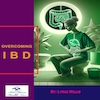 Overcoming IBD
Overcoming IBD Multiple Sclerosis
Multiple Sclerosis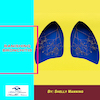 Banishing Bronchitis
Banishing Bronchitis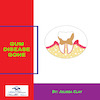 Gum Disease Gone
Gum Disease Gone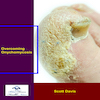 Overcoming Onychomycosis
Overcoming Onychomycosis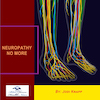 Neuropathy No More
Neuropathy No More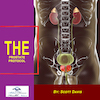 The Prostate Protocol
The Prostate Protocol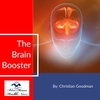 Brain Booster
Brain Booster
 Ironbound
Ironbound
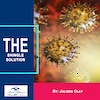 Solution for Shingles
Solution for Shingles
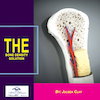 The Bone Density Solution
The Bone Density Solution
 The Ultimate Healing Protocol
The Ultimate Healing Protocol
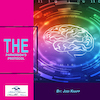 The Parkinson's Protocol
The Parkinson's Protocol
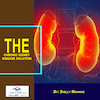 The Chronic Kidney Disease Solution
The Chronic Kidney Disease Solution
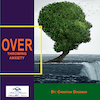 Overthrowing Anxiety
Overthrowing Anxiety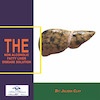 The Fatty Liver Solution
The Fatty Liver Solution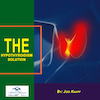 The Hypothyroidism Solution
The Hypothyroidism Solution
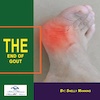 The End of Gout
The End of Gout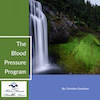 The Blood Pressure Program
The Blood Pressure Program
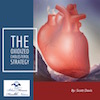 The Oxigized Cholesterol Strategy
The Oxigized Cholesterol Strategy
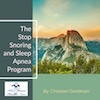 Stop Snoring And Sleep Apnea Program
Stop Snoring And Sleep Apnea Program
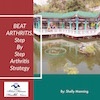 The Arthritis Strategy
The Arthritis Strategy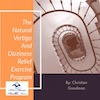 The Vertigo & Dizziness Program
The Vertigo & Dizziness Program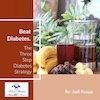 The 3-Step Diabetes Strategy
The 3-Step Diabetes Strategy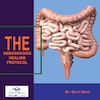 Hemorrhoids Healing Protocol
Hemorrhoids Healing Protocol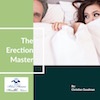 The Erectile Dysfunction Master
The Erectile Dysfunction Master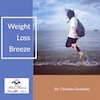 Weight Loss Breeze
Weight Loss Breeze The IBS Program
The IBS Program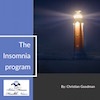 The Insomnia Program
The Insomnia Program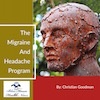 The Migraine and Headache Program
The Migraine and Headache Program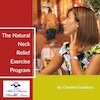 The Neck Pain Solution
The Neck Pain Solution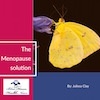 The Menopause Solution
The Menopause Solution The Ejaculation Master
The Ejaculation Master The TMJ Solution
The TMJ Solution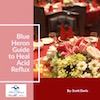 The Acid Reflux Solution
The Acid Reflux Solution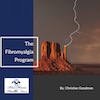 The Fibromyalgia Solution
The Fibromyalgia Solution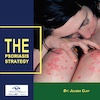 The Psoriasis Strategy
The Psoriasis Strategy